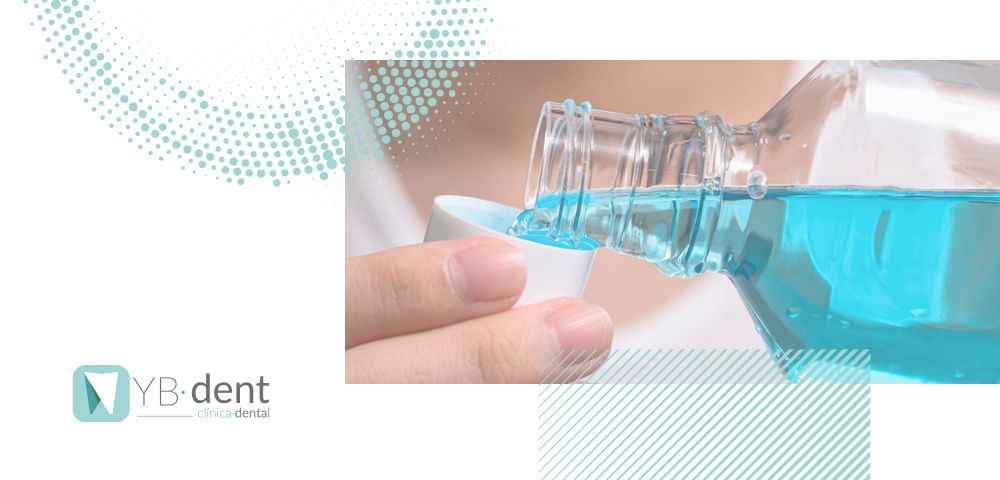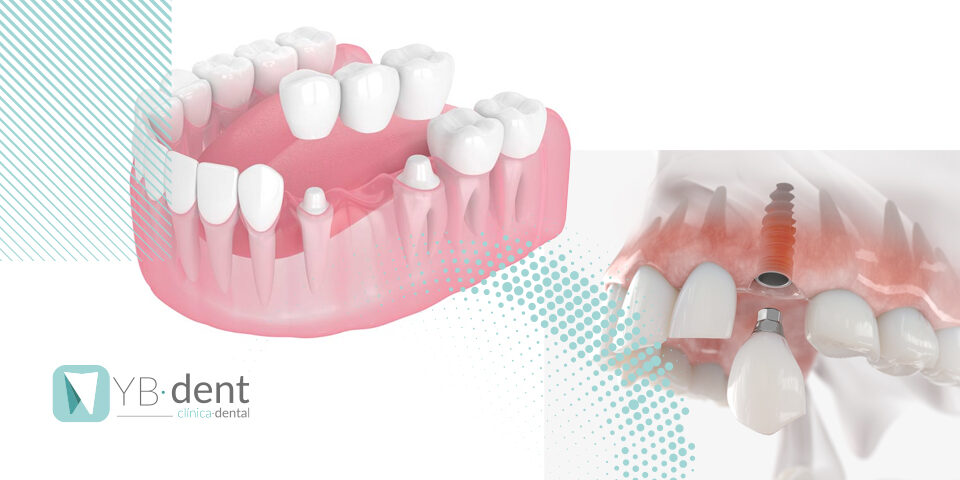El flúor y sus beneficios en los dientes

En la odontología se utiliza el flúor para fortalecer los dientes. Principalmente este líquido protege la capa externa de los dientes, es decir, el esmalte. El flúor fortalece los dientes de tal forma que previene la aparición de caries.
Según los Centros para el Control y la Prevención de Enfermedades (CDC), el número medio de dientes perdidos o con caries en niños de 12 años en países como en Estados Unidos se redujo en un 68% desde finales de la década de 1960 hasta principios de la de 1990. Esto se produjo tras la introducción y expansión del flúor en las comunidades, y la adición de flúor a las pastas de dientes y otros productos dentales.
El flúor y la salud dental
Como ya hemos mencionado anteriormente, el flúor es un mineral natural que fortalece los dientes y previene las caries. Es un tratamiento esencial para la salud bucodental.
Además, es de gran utilidad si eres una persona que padece frecuentemente de caries. Las caries se producen cuando se acumula la placa bacteriana en dientes y encías. Esta placa produce un ácido que hace que el esmalte del diente se deshaga, de tal modo que afecta de forma más interna en la salud bucal. Los nervios del diente así como la sangre que corre por los diferentes vasos sanguíneos pueden generar una infección.
¿Cuáles son los beneficios del flúor?
El objetivo del flúor es reparar los minerales que se encuentran en la superficie de los dientes donde ha habido una erosión en el esmalte a causa de las bacterias. Asimismo, el uso de este líquido puede prevenir la aparición de esta placa bacteriana que puede producir.
«El flúor no puede eliminar la caries pero, al mismo tiempo que crea una superficie exterior más fuerte en los dientes, puede ayudar a impedir que la caries penetre en las partes más profundas de los dientes», dice la Dra. Niketa V. Shah, dentista profesional de Chicago.
El flúor beneficia tanto a los niños como a los adultos. Cuanto antes se expongan los niños al flúor, menos probabilidades tendrán de desarrollar caries. Un amplio estudio descubrió que los niños y adolescentes que recibieron tratamientos con flúor durante un año tenían un 43% menos de probabilidades de sufrir caries.
Antes de que se añadiera el flúor a la pasta de dientes, los estudios revelaron que las personas que utilizan flúor tenían entre un 40 y un 60 por ciento menos de probabilidades de padecer caries. La ADA y los Centros para el Control y la Prevención de Enfermedades (CDC) recomiendan la presencia de cantidades mínimas de flúor en el agua potable.
¿Tiene efectos secundarios el flúor?
Como cualquier medicamento, un exceso de flúor puede provocar complicaciones negativas. Se puede ingerir demasiado flúor por una sobredosis accidental o porque se le ha recetado una dosis demasiado alta. La intoxicación por flúor es muy rara hoy en día, aunque la sobreexposición crónica puede dañar los huesos y dientes en desarrollo de los niños pequeños. Muchas pastas dentales para niños no incluyen flúor.
Un exceso de flúor puede causar:
- Motas blancas en los dientes maduros
- Manchas y picaduras en los dientes
- Problemas de homeostasis ósea
- Huesos muy densos que no son muy fuertes
La toxicidad aguda, como una sobredosis de pastillas de suplemento de flúor, puede causar:
- Náuseas
- Diarrea
- Cansancio
- Sudoración excesiva
Puede incluso provocar la muerte. Mantenga siempre los suplementos de flúor fuera del alcance de los niños.
Si tienes más dudas sobre el uso del flúor y cuál es el que deberías utilizar. No dudes en ponerte en contacto con nosotros para tener mayor conocimiento del tema e información.



